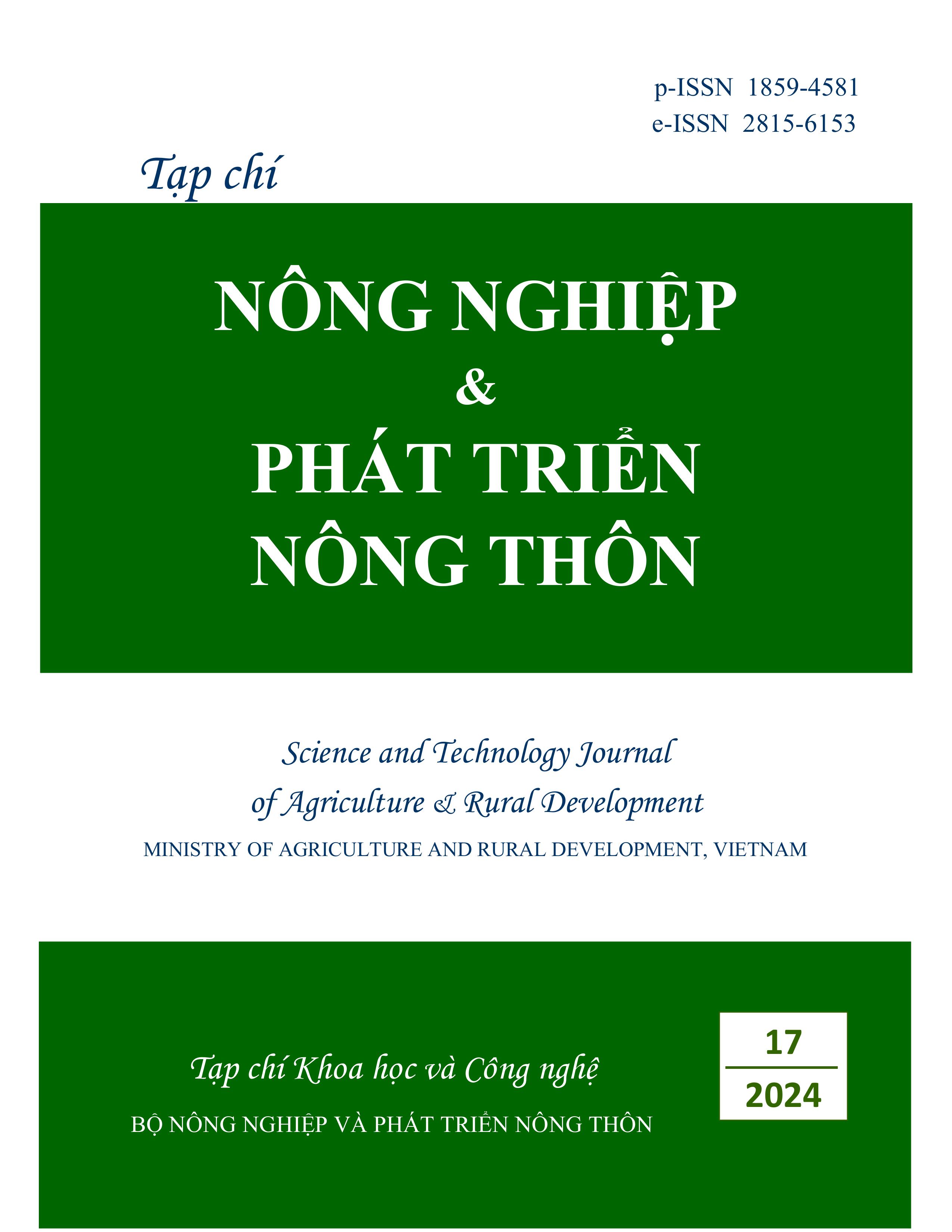MANAGEMENT OF RICE RESIDUE THROUGH VARIOUS TECHNIQUES IN MEKONG DELTA OF VIETNAM
DOI:
https://doi.org/10.71254/wy3kqf86Keywords:
Biochar, composted, incorporated, mushroom, rice-residue managementAbstract
In Vietnam, approximately 43 million tons of rice (Oryza sativa L.) residues are produced every year. Rice residues contain significant quantities of plant nutrients and their judicious application will have a positive effect on nutrient management in the rice - crop system. Rice straw is one of the largest organic material resources. Burning of rice residue is common in the Mekong delta of Vietnam. The practice not only causes greenhouse gas emissions adding to global warming but also results in the depletion of valuable nutrients such as nitrogen, phosphorus and potassium as well as serious air pollutants affecting human health. With environmentally friendly alternatives to rice residues instead of open field burning, innovations in crop residue management should assist in achieving sustainable productivity and allow farmers to reduce nutrient and water inputs and reduce risk due to climate change. In this study, we suggest plausible option of rice residues are used for: (+) Incorporated in to soil combination of with alternate wetting and drying water management, as this combination resulted in which reduced greenhouse gas emissions, improve soil health, increase nutrient use efficiency, minimize air pollution and high rice yield; (+) Mushroom cultivation as converting of inedible crop residues into valuable food; (+) Animal feed; (+) Compost production; (+) Biochar production. Thus, if rice residues are managed properly, then it can warrant the improvements in soil properties and the sustainability in crop productivity.







